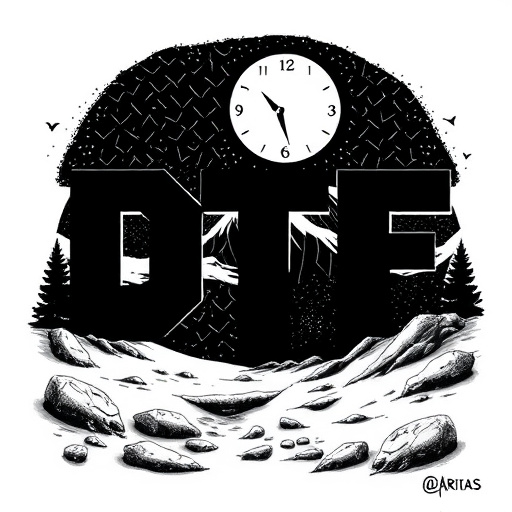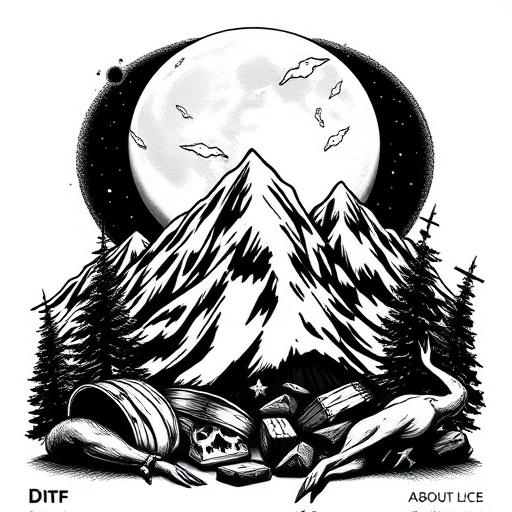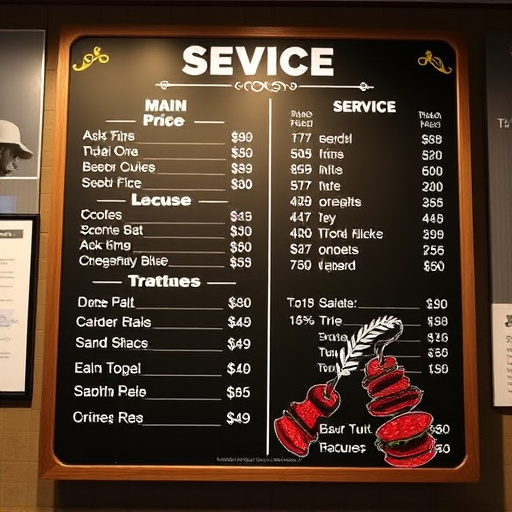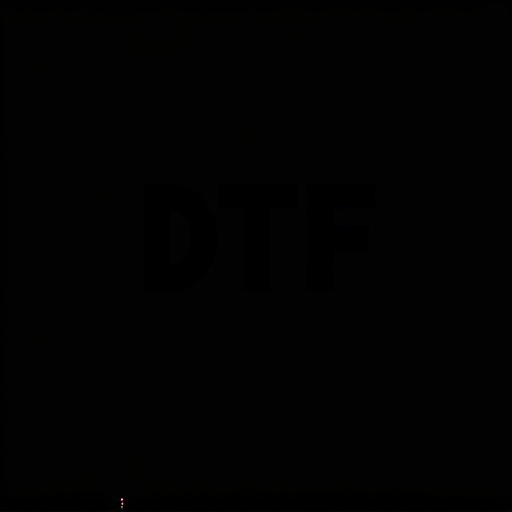Direct-to-Film (DTF) printing is a cutting-edge technology creating high-quality images directly on film, revolutionizing art and filmmaking. Locally manufactured DTF prints offer advantages like reduced lead times, enhanced quality control, and environmental benefits by minimizing import dependence. Building local DTF printing ecosystems stimulates regional economies, fosters creativity, and reduces carbon footprints. Businesses transitioning to local DTF manufacturers can cut costs, streamline production, and align with sustainability goals, as seen in successful initiatives worldwide.
In today’s competitive market, businesses are seeking sustainable alternatives to traditional printing methods and import-reliant supply chains. Locally manufactured direct-to-film (DTF) transfers offer a promising solution, enabling high-quality, customizable prints without the need for costly imports. This article explores the benefits of DTF Prints, from their ecological advantages to their impact on local economies. We’ll delve into the current industry landscape, strategies for building robust local ecosystems, and key considerations for businesses transitioning to this innovative manufacturing approach.
- Understanding Direct-to-Film (DTF) Prints: An Overview
- Benefits of Locally Manufactured DTF Transfers
- The Current State of Import Dependence in Print Industry
- Building a Sustainable Local DTF Printing Ecosystem
- Key Considerations for Businesses Transitioning to Local Manufacturing
- Case Studies: Successful Local DTF Printing Initiatives
Understanding Direct-to-Film (DTF) Prints: An Overview

Direct-to-Film (DTF) prints represent a cutting-edge technology in the printing industry, offering unparalleled quality and efficiency for creating high-resolution images directly on various film surfaces. This innovative process eliminates the need for intermediate steps, such as printing onto paper first, revolutionizing how filmmakers, artists, and enthusiasts approach visual media production.
DTF prints are achieved through specialized equipment that precisely deposits ink or other imaging materials directly onto the desired film medium. Whether it’s a photographer seeking to print fine art pieces on archival films or a filmmaker wanting to create unique effects for their short, DTF technology provides a game-changing solution. By bypassing traditional printing methods, DTF prints ensure consistent color accuracy, vibrant hues, and exceptional detail, setting a new standard in the world of film and artistic expression.
Benefits of Locally Manufactured DTF Transfers

Locally manufactured direct-to-film (DTF) transfers offer a myriad of benefits, both for businesses and consumers. By producing DTF prints domestically, companies can significantly reduce lead times compared to importing finished goods. This agility in manufacturing allows for faster response to market demands, ensuring that the latest trends and designs are readily available locally.
Moreover, local production enables better control over quality standards. Domestic manufacturers can closely monitor every step of the process, from material sourcing to final output, leading to superior consistency and durability in DTF prints. This ensures that businesses offering these products can maintain high customer satisfaction levels and build a strong reputation for reliable, locally sourced solutions.
The Current State of Import Dependence in Print Industry

The print industry, particularly in the realm of DTF (Direct-to-Film) prints, has long been heavily reliant on importing materials and equipment from overseas manufacturers. This dependence on foreign sources has several implications for local businesses and the environment. Currently, many companies opt for imported products due to cost efficiency and access to advanced technologies that are not readily available domestically. However, this reliance comes at a cost, both economically and ecologically.
The heavy importation of print industry materials contributes to significant carbon footprints as goods travel vast distances. Additionally, it stunts the growth of local manufacturing capabilities and limits job creation opportunities within the region. By prioritizing locally manufactured DTF prints, businesses can help reduce their environmental impact, support domestic economies, and foster a more sustainable and resilient printing sector.
Building a Sustainable Local DTF Printing Ecosystem

Building a sustainable local DTF printing ecosystem is a game-changer for communities looking to enhance their creative industries and reduce reliance on imports. By encouraging and supporting local businesses, this approach fosters economic growth and promotes environmental stewardship. It starts with establishing dedicated DTF print shops, equipped with modern technology, that cater to both professional artists and aspiring enthusiasts. These shops not only offer high-quality printing services but also become hubs for knowledge sharing and collaboration, fostering a vibrant arts scene.
Furthermore, investing in local talent and promoting skill development is key. Workshops and training programs can empower individuals to master DTF printing techniques, ensuring a steady supply of skilled labor. This, combined with the availability of locally sourced materials, reduces production costs and minimizes environmental impact. As a result, local artists can compete on a national and international level, showcasing their unique creations while contributing to a thriving domestic market for DTF prints.
Key Considerations for Businesses Transitioning to Local Manufacturing

When businesses consider transitioning to locally manufactured direct-to-film (DTF) prints, several key factors come into play. Firstly, evaluating existing supply chains and identifying reliable local manufacturers capable of meeting quality standards is paramount. This shift reduces reliance on imports, potentially saving costs associated with international shipping and customs duties. Local manufacturing also enables faster turnaround times, enhancing responsiveness to market demands and reducing inventory storage needs.
Additionally, businesses should consider the environmental impact of local production, which can lead to reduced carbon footprints due to shorter transportation distances. Ensuring that local manufacturers adhere to eco-friendly practices becomes an important aspect of sustainable business operations. Furthermore, fostering strong relationships with these manufacturers can provide stability and flexibility in the long term, allowing for customized DTF print solutions tailored to specific business needs.
Case Studies: Successful Local DTF Printing Initiatives

In recent years, several communities have successfully adopted locally manufactured direct-to-film (DTF) prints, eliminating the need for imports. One notable example is the initiative in Austin, Texas, where a cooperative of local artists and businesses joined forces to establish a community DTF printing studio. This collaborative effort has not only fostered a vibrant local arts scene but also reduced the environmental impact associated with long-distance shipping. The studio offers affordable access to high-quality printing services, encouraging small businesses and independent artists to thrive.
Similarly, Berlin’s street art community has embraced local DTF printing, creating a unique visual identity for the city. Local print shops have partnered with renowned artists to produce large-scale murals and public art installations, enhancing the city’s cultural landscape. This approach has not only preserved the artistic integrity of street art but also promoted economic growth within the local arts sector. The success of these initiatives demonstrates that by embracing locally manufactured DTF prints, communities can foster creativity, support sustainable practices, and cultivate a distinct visual culture.














